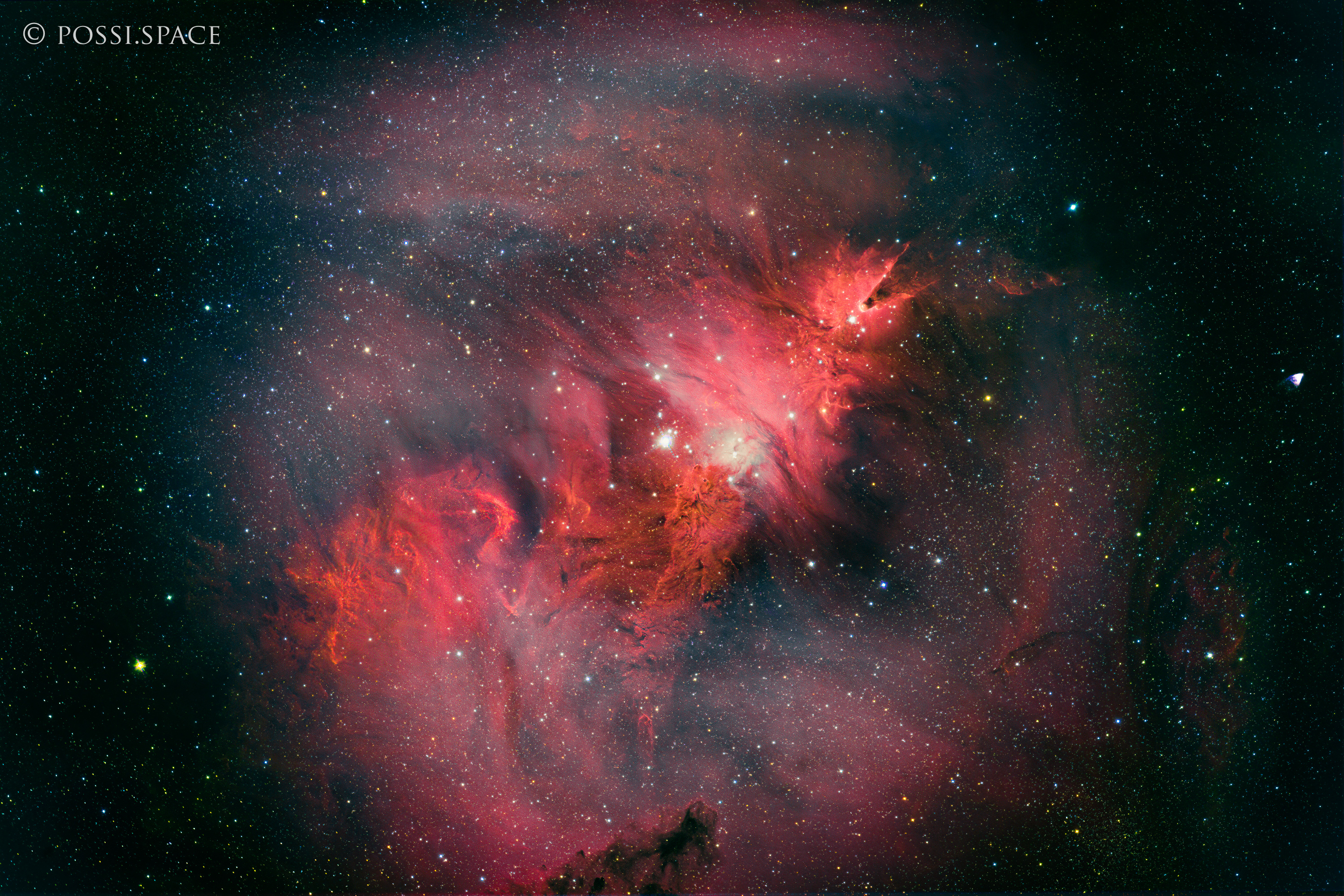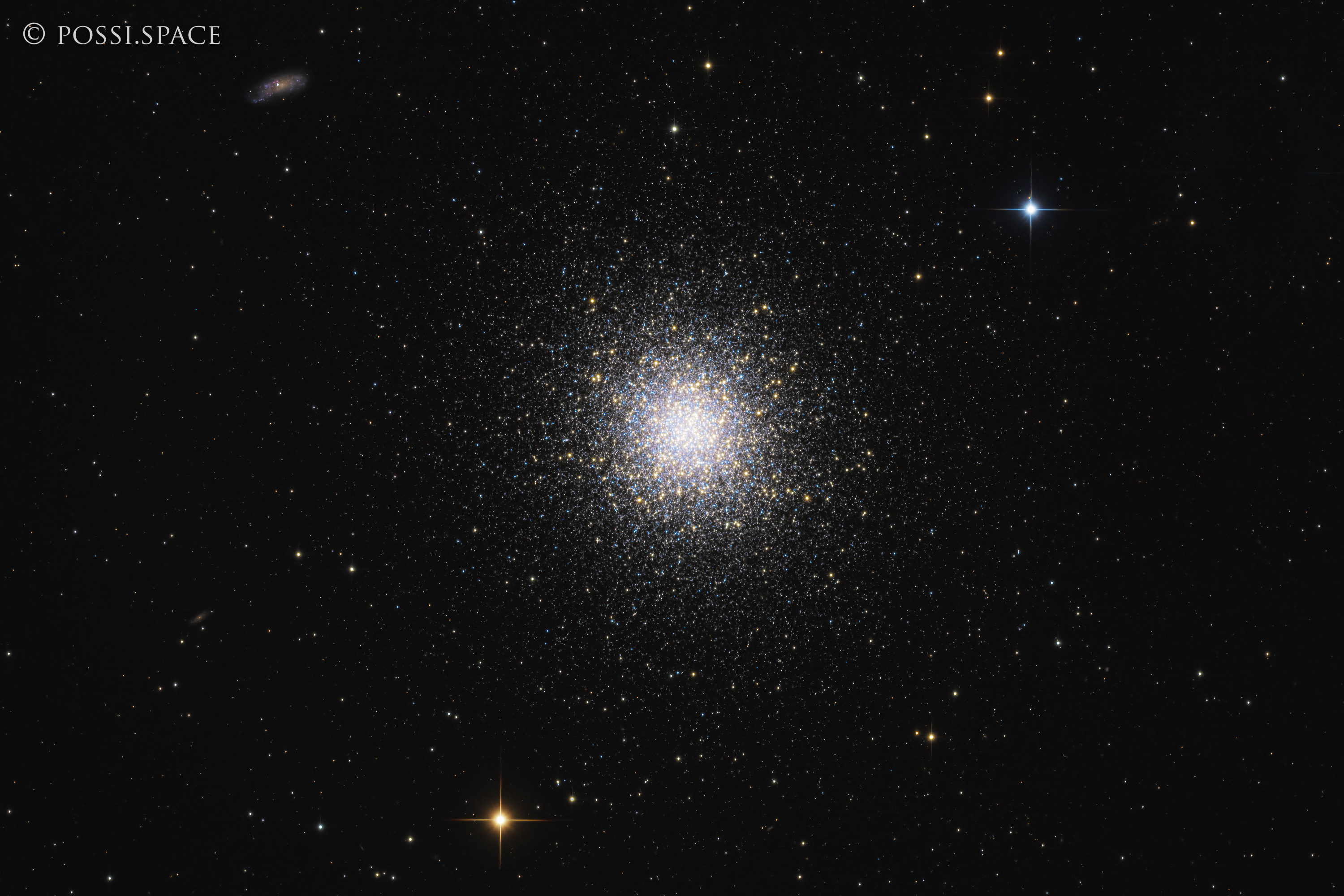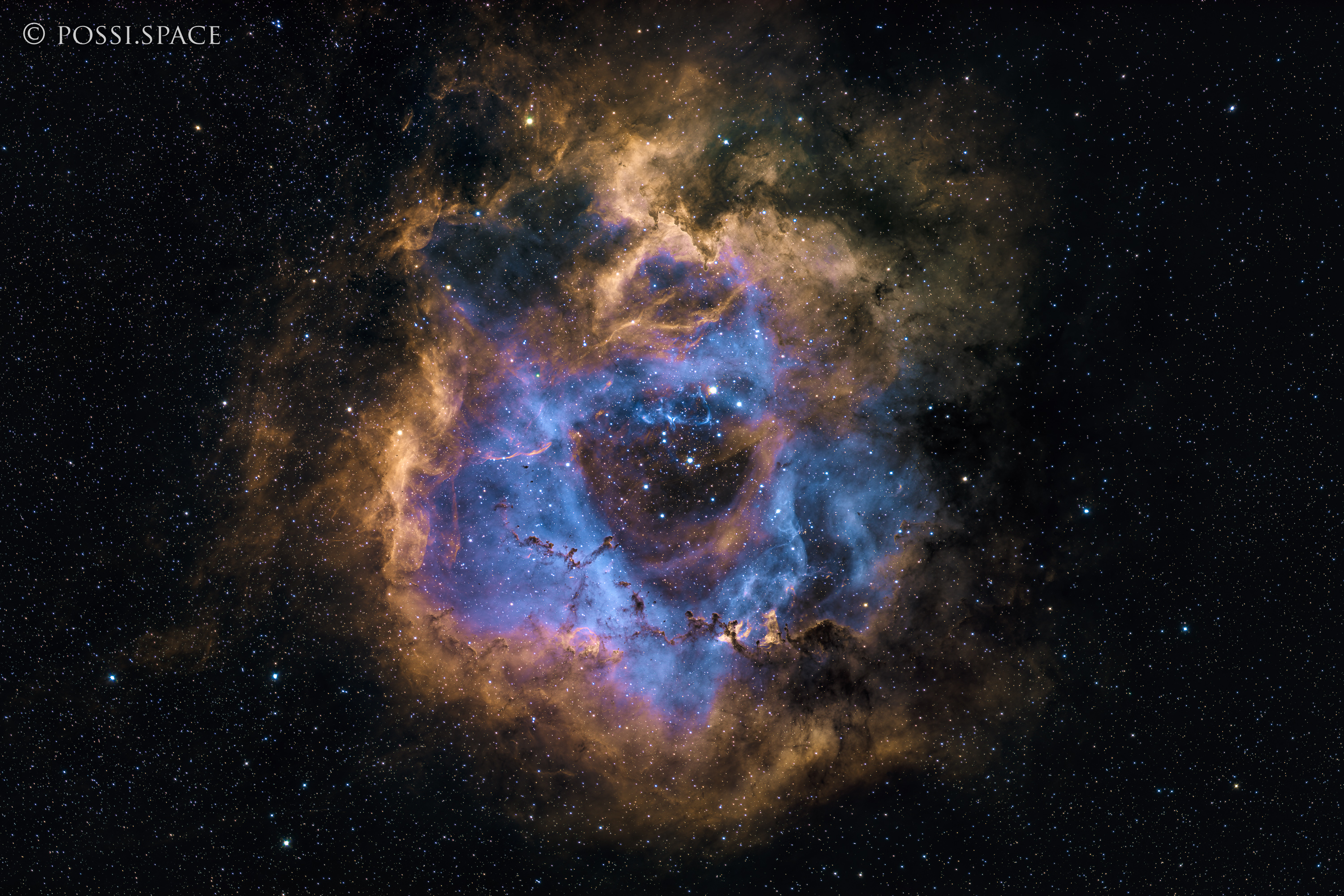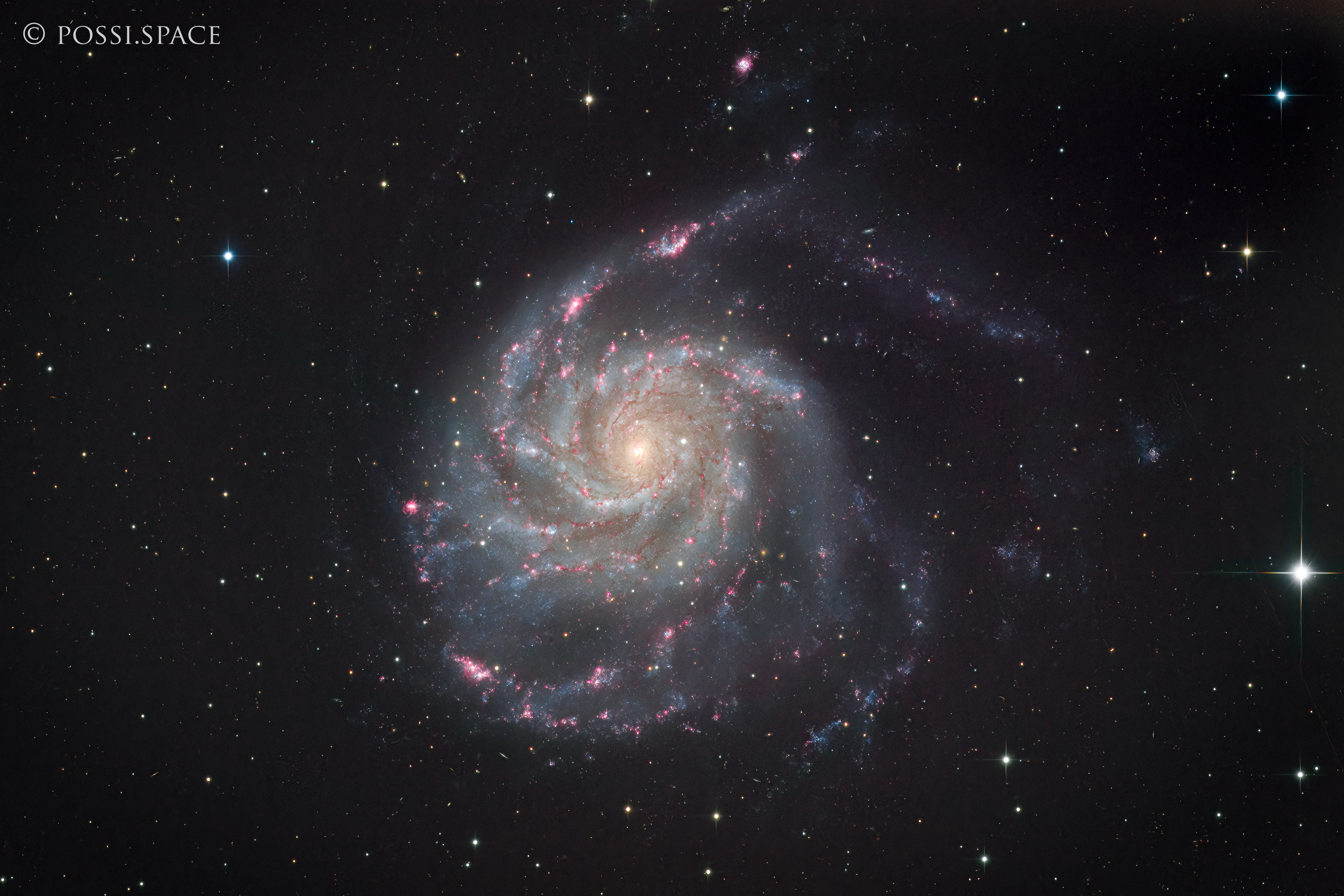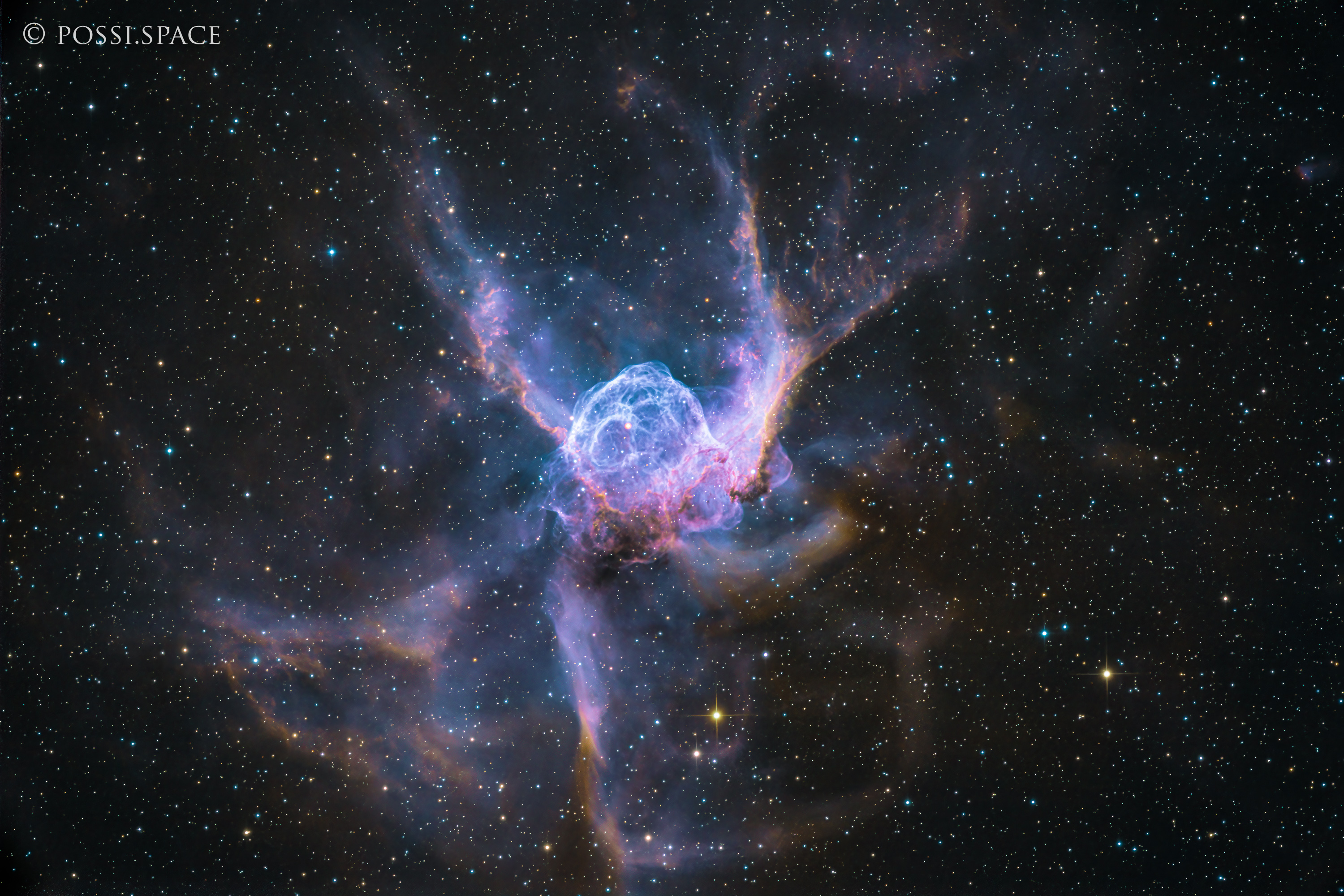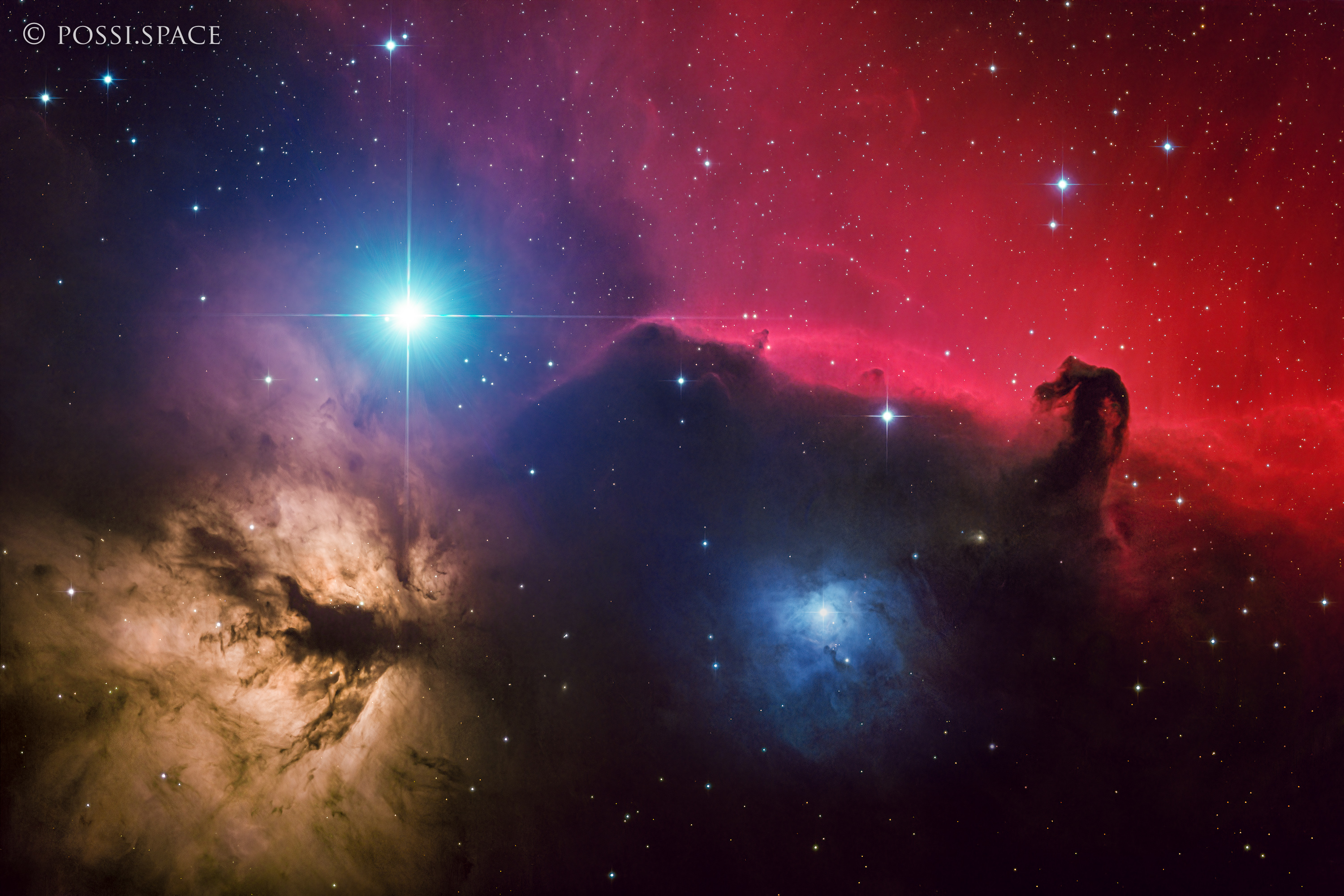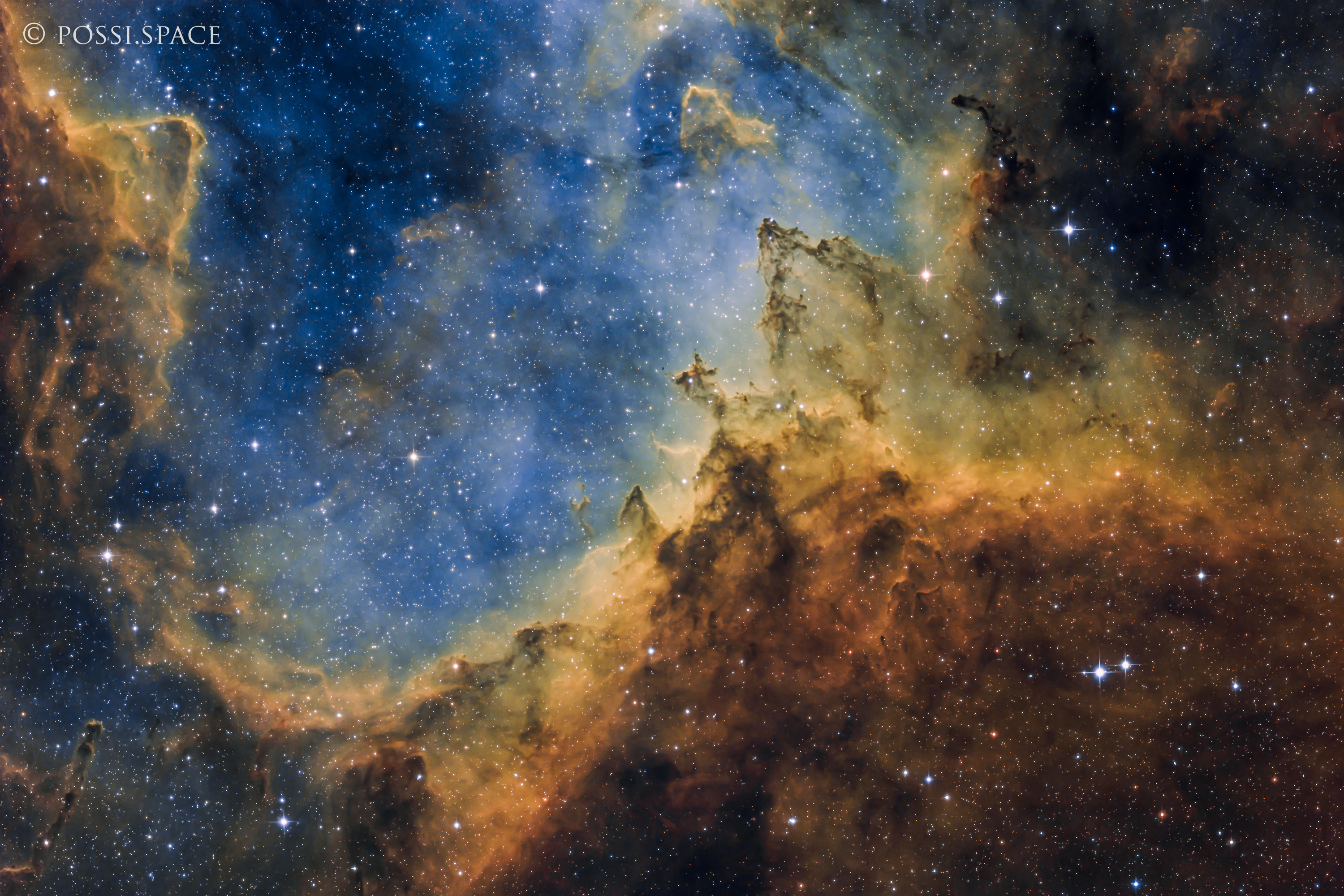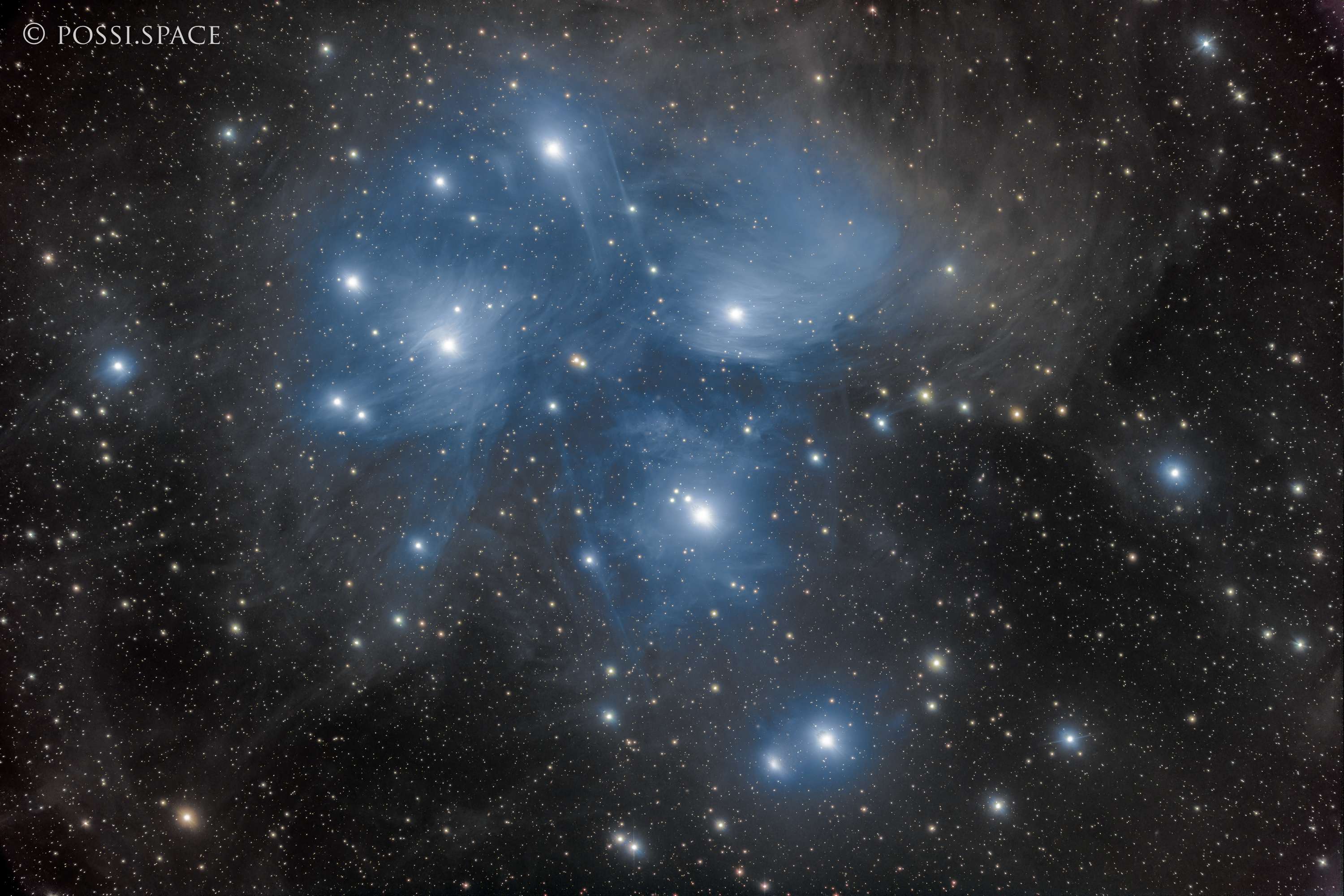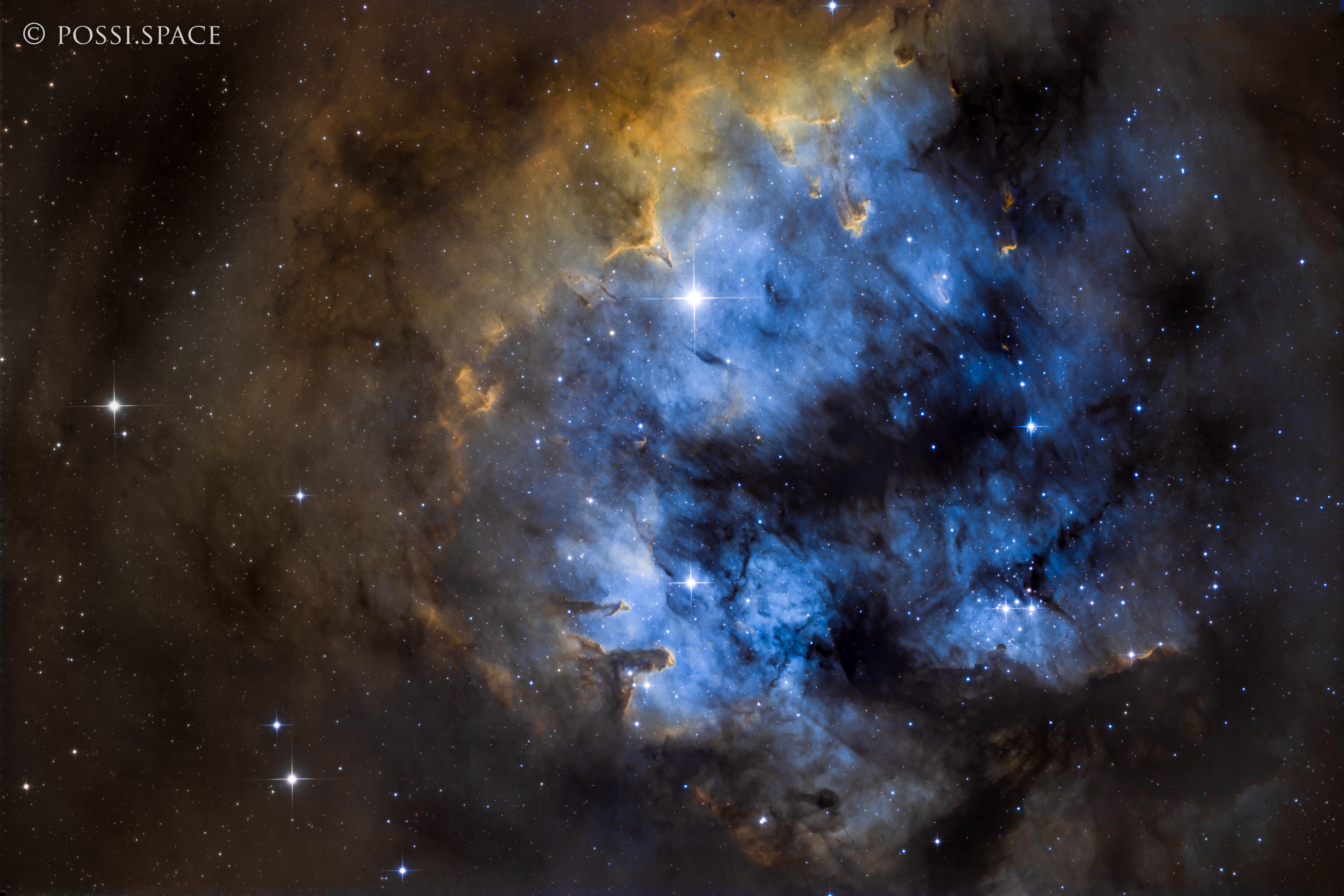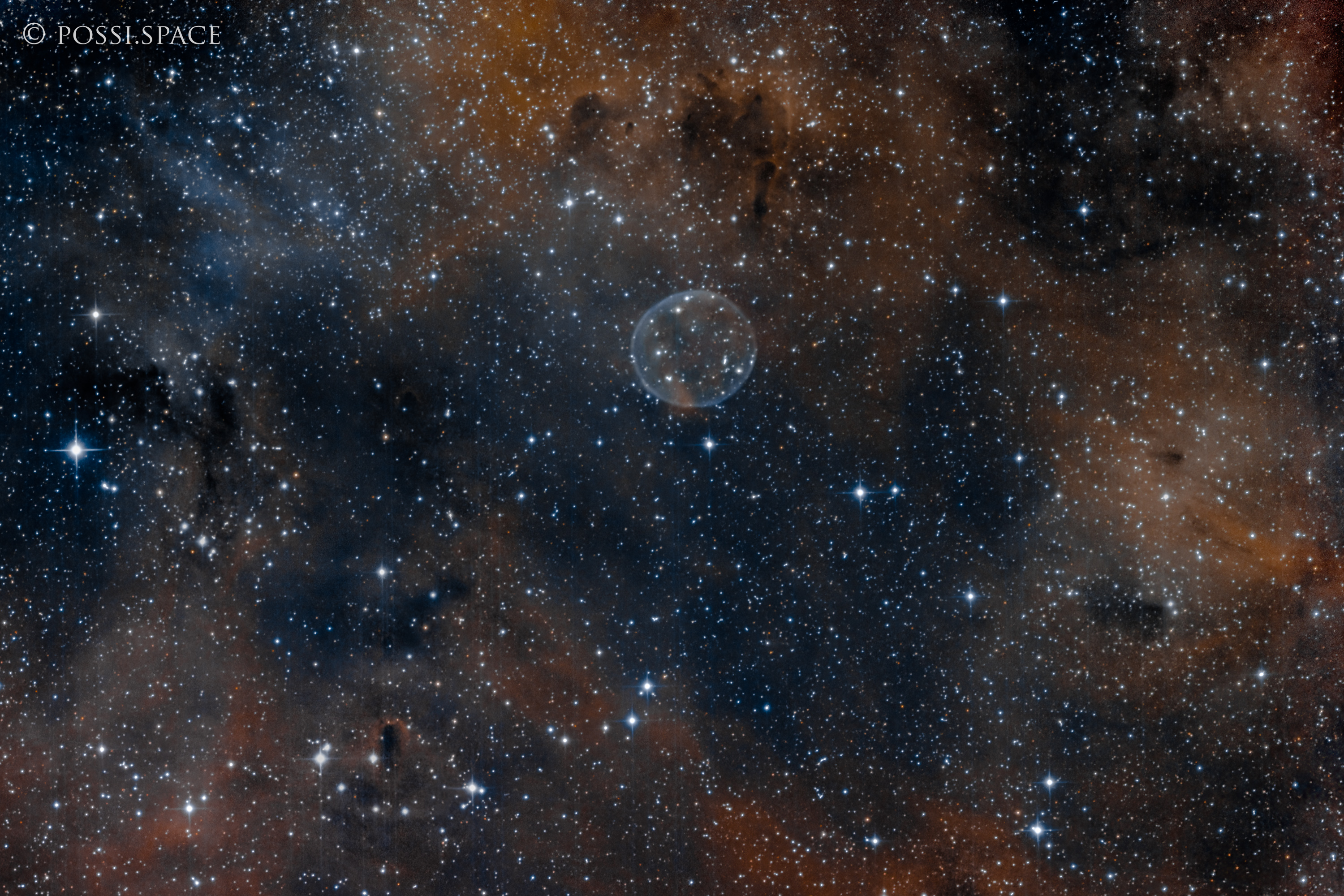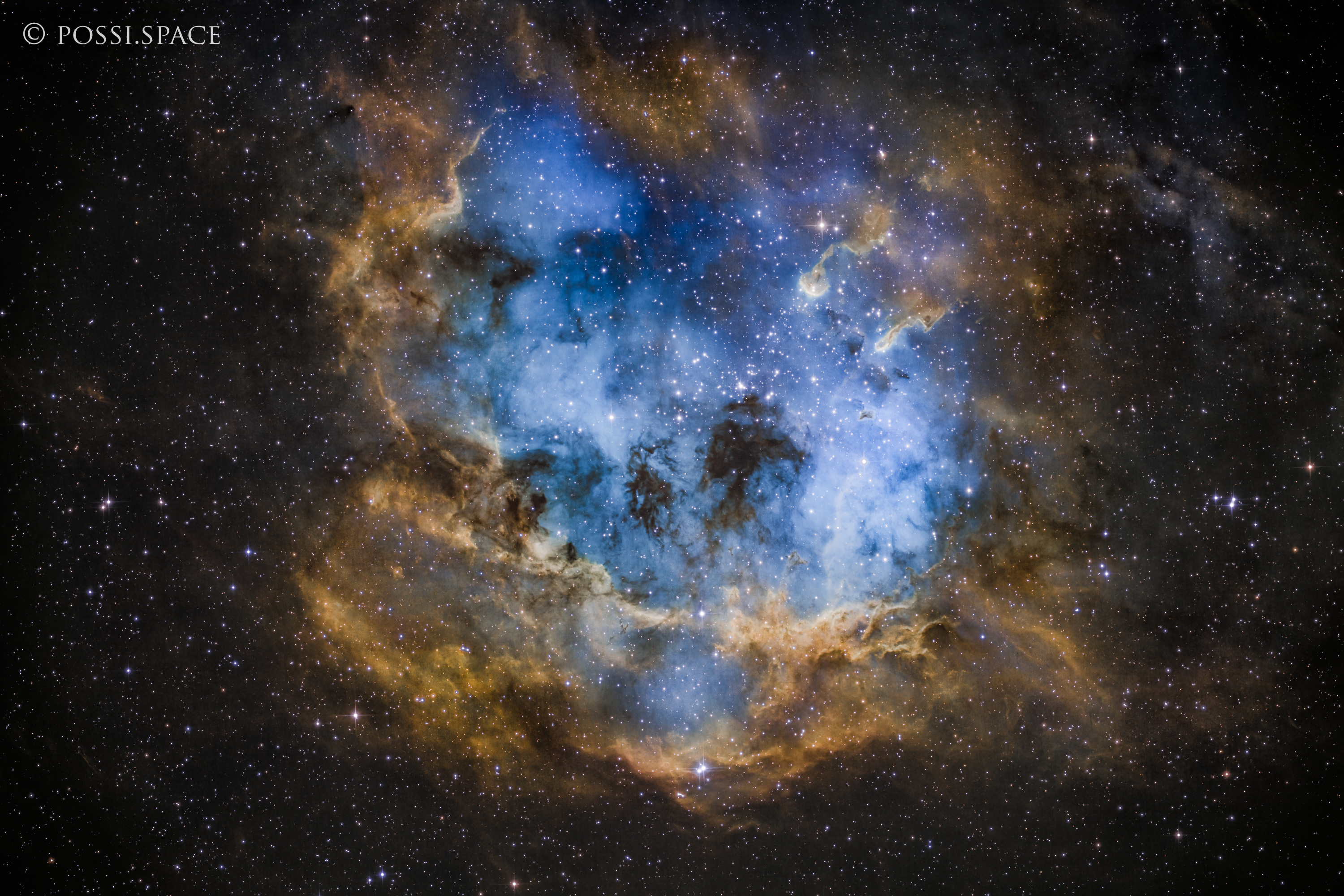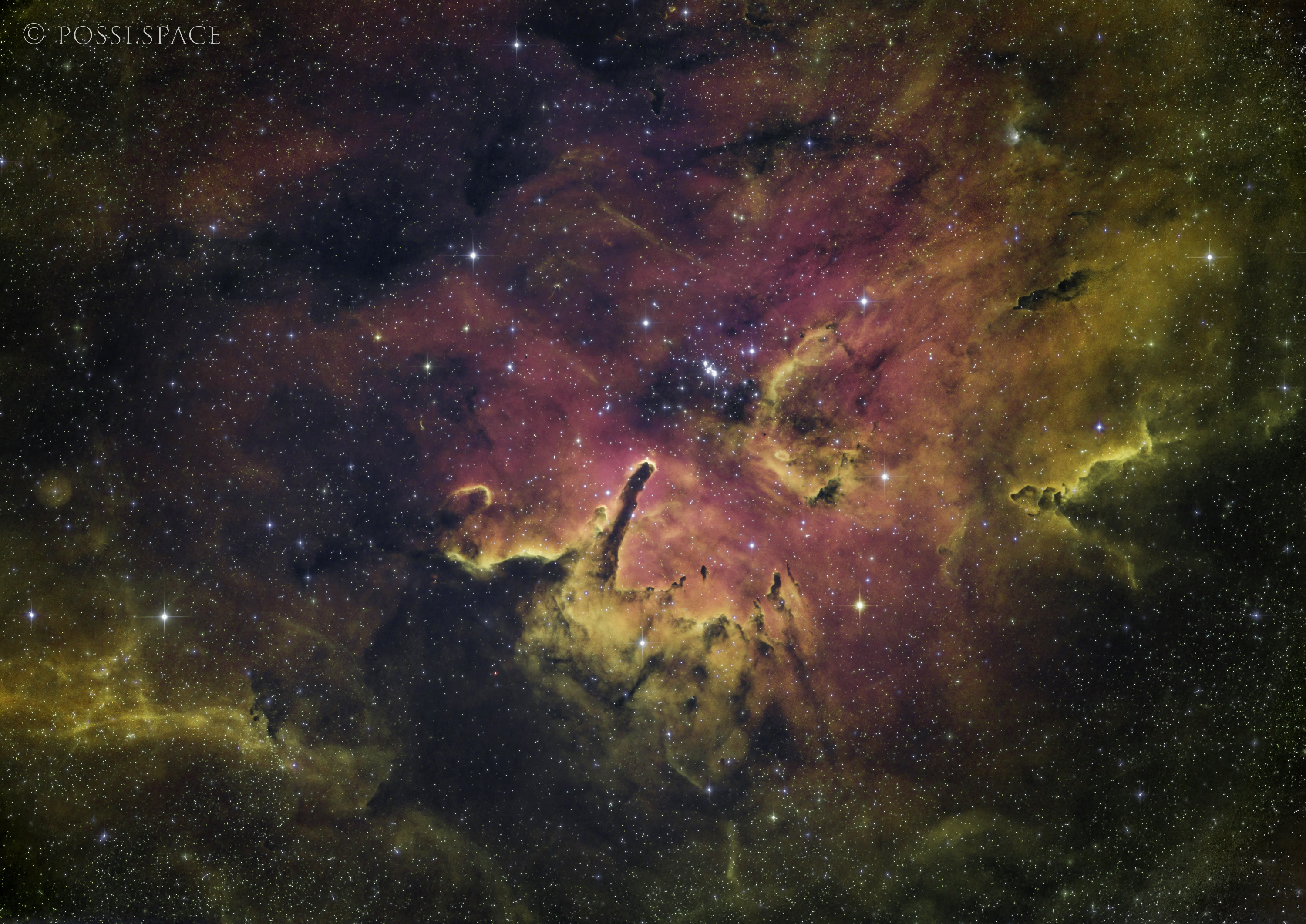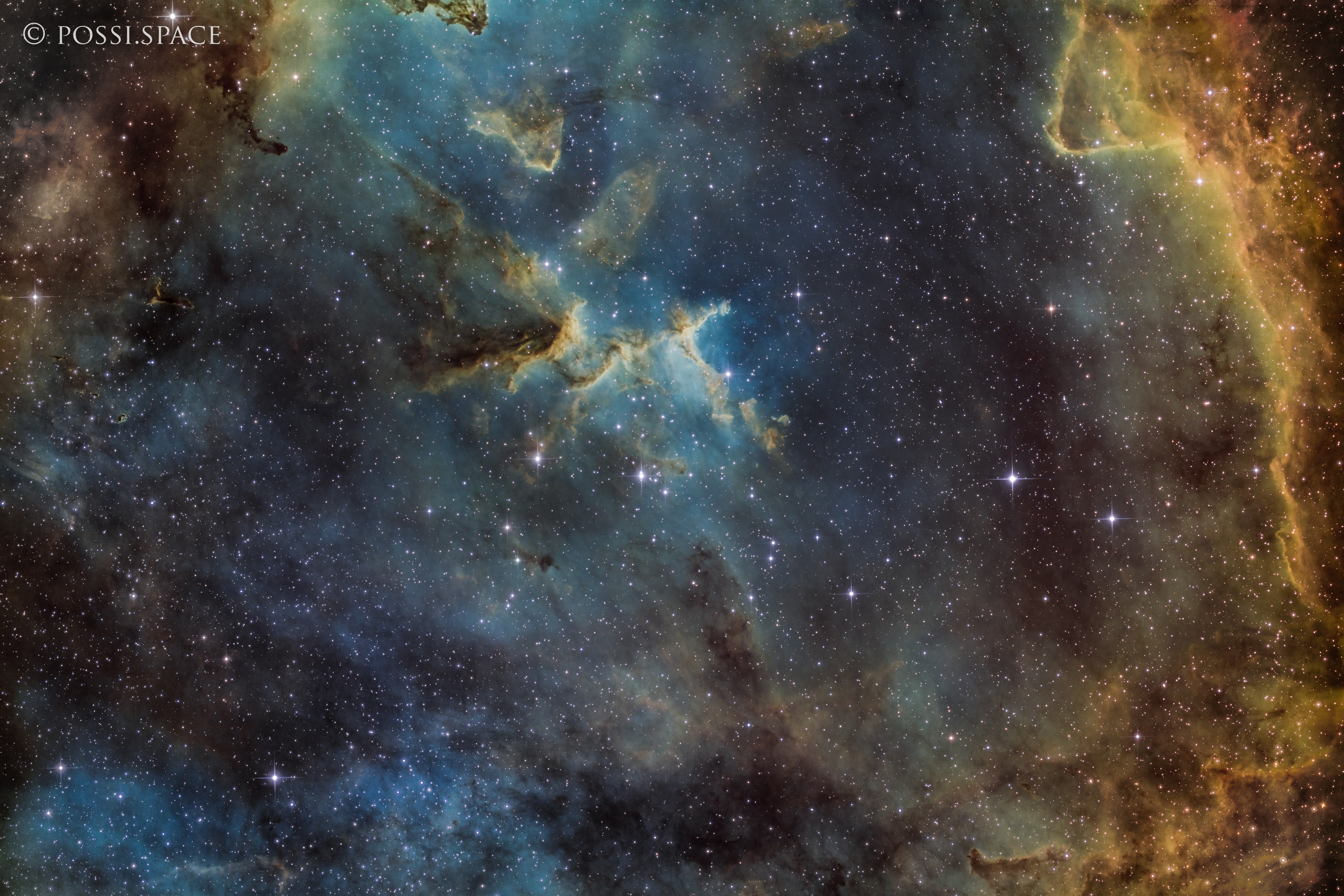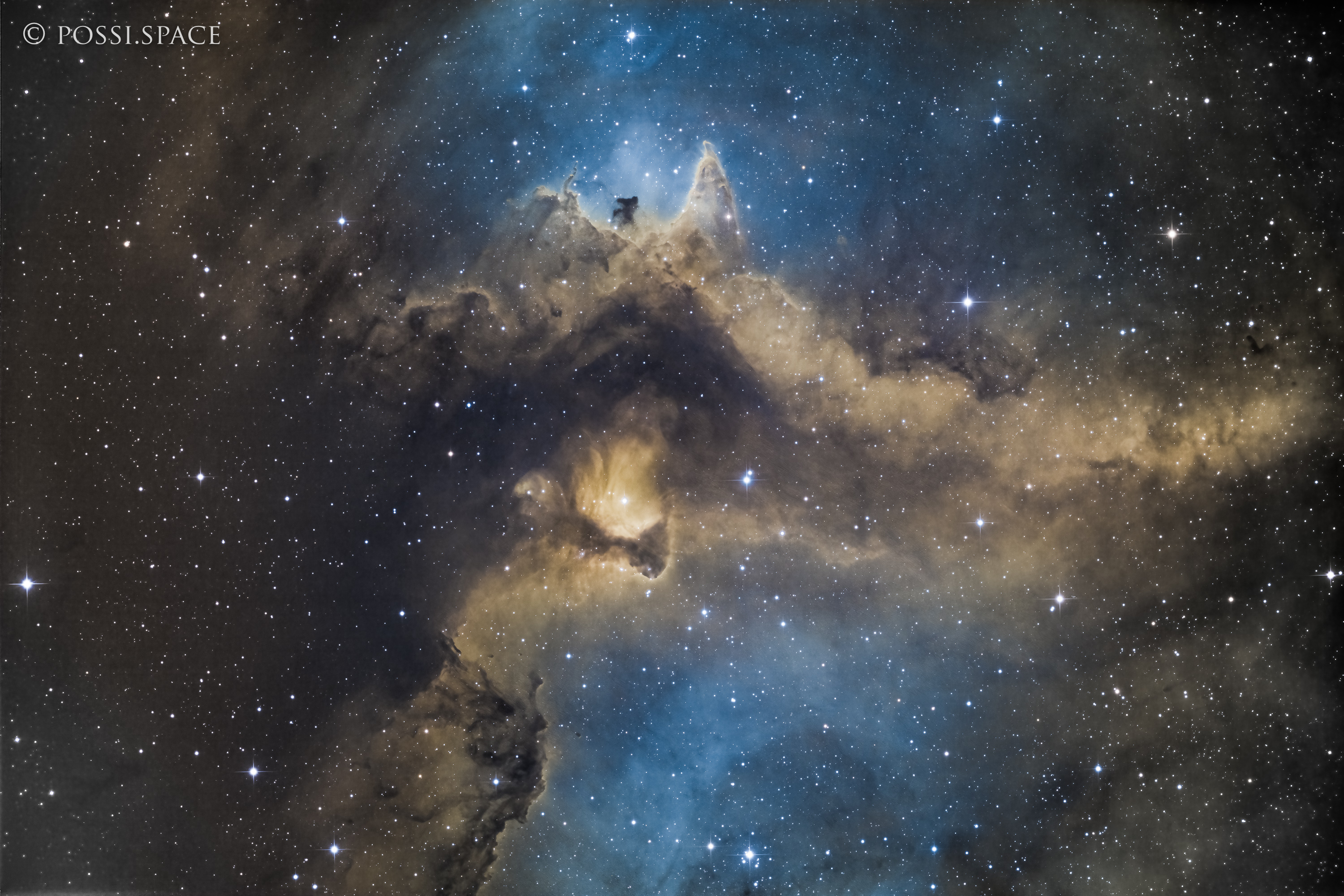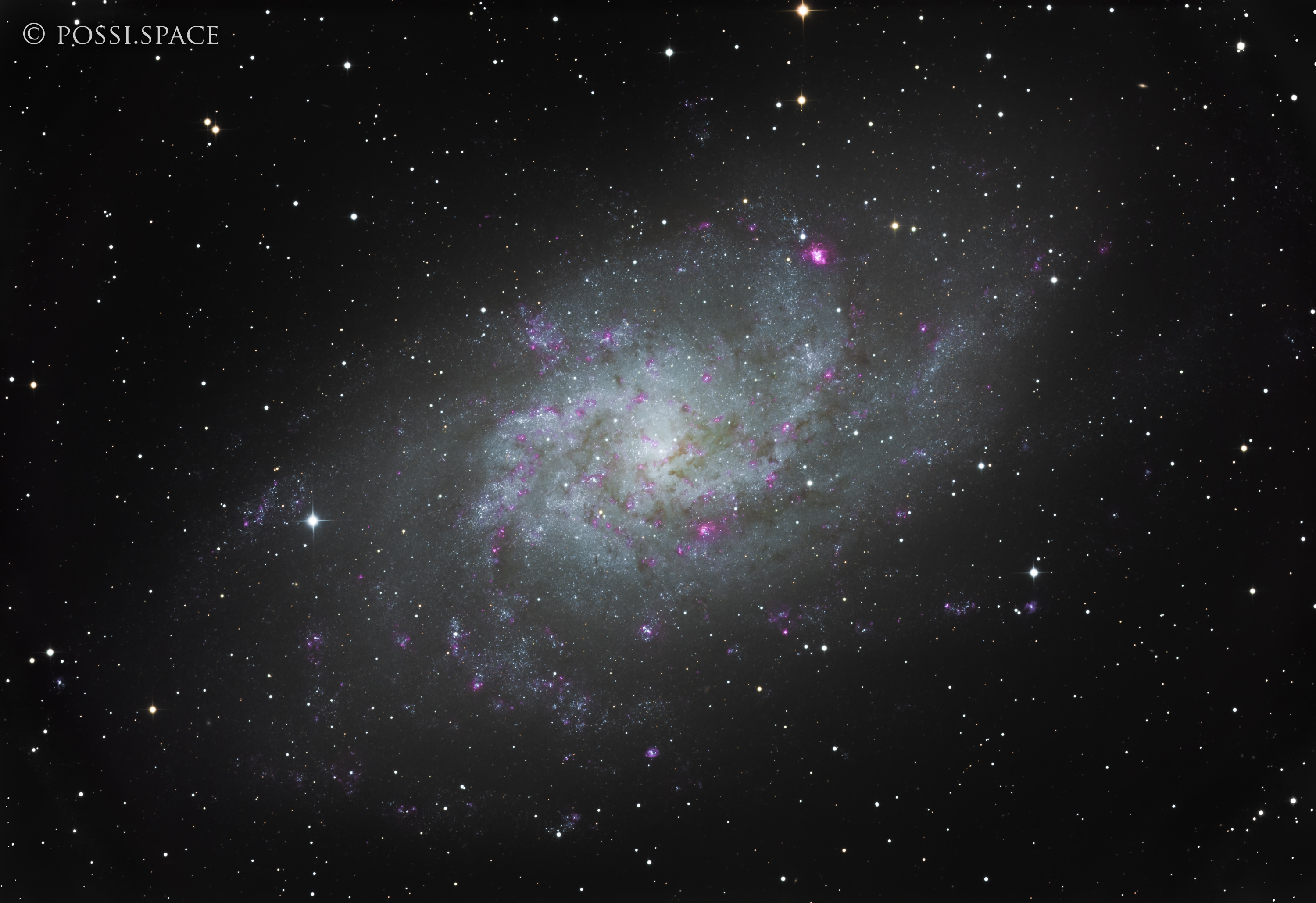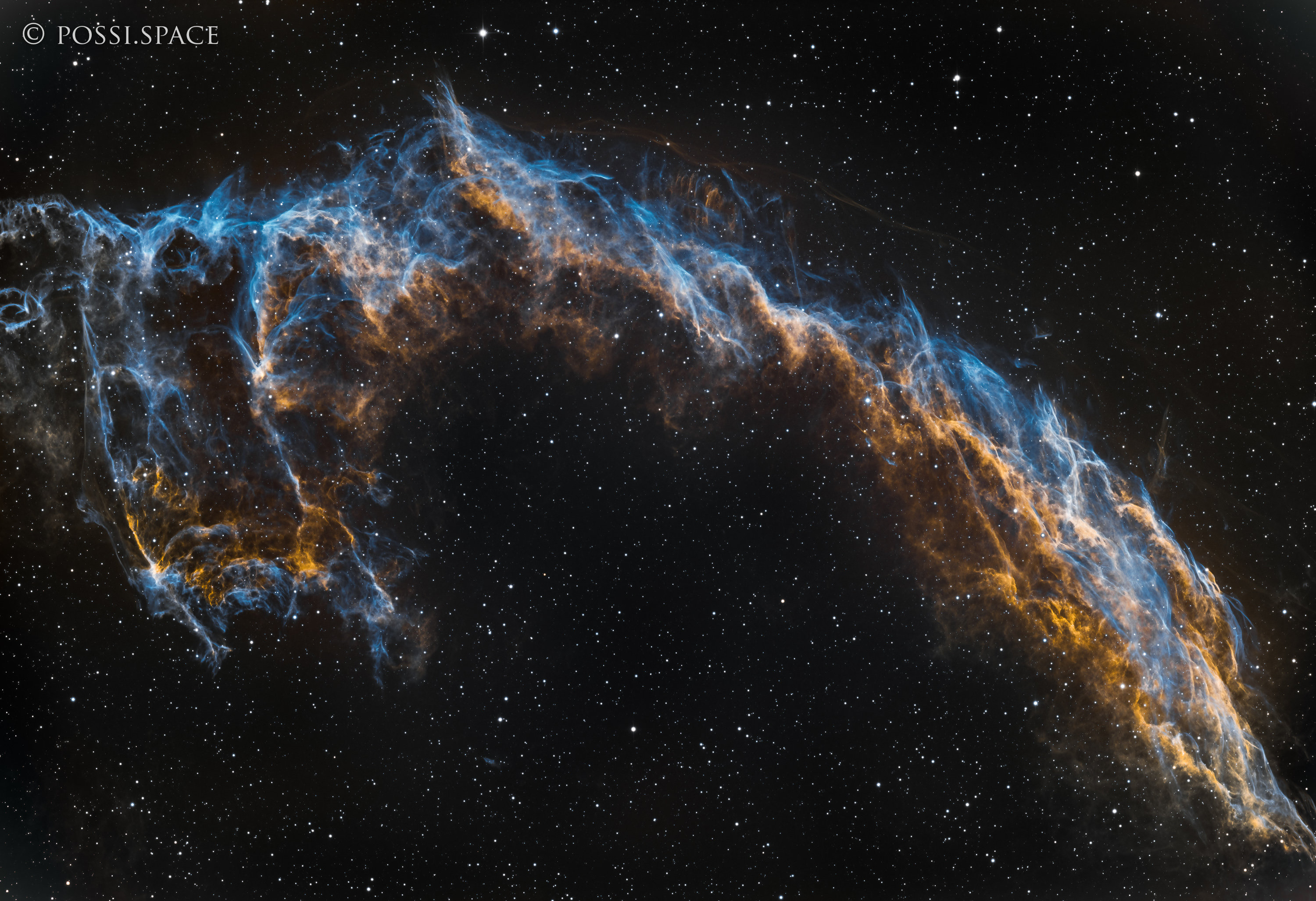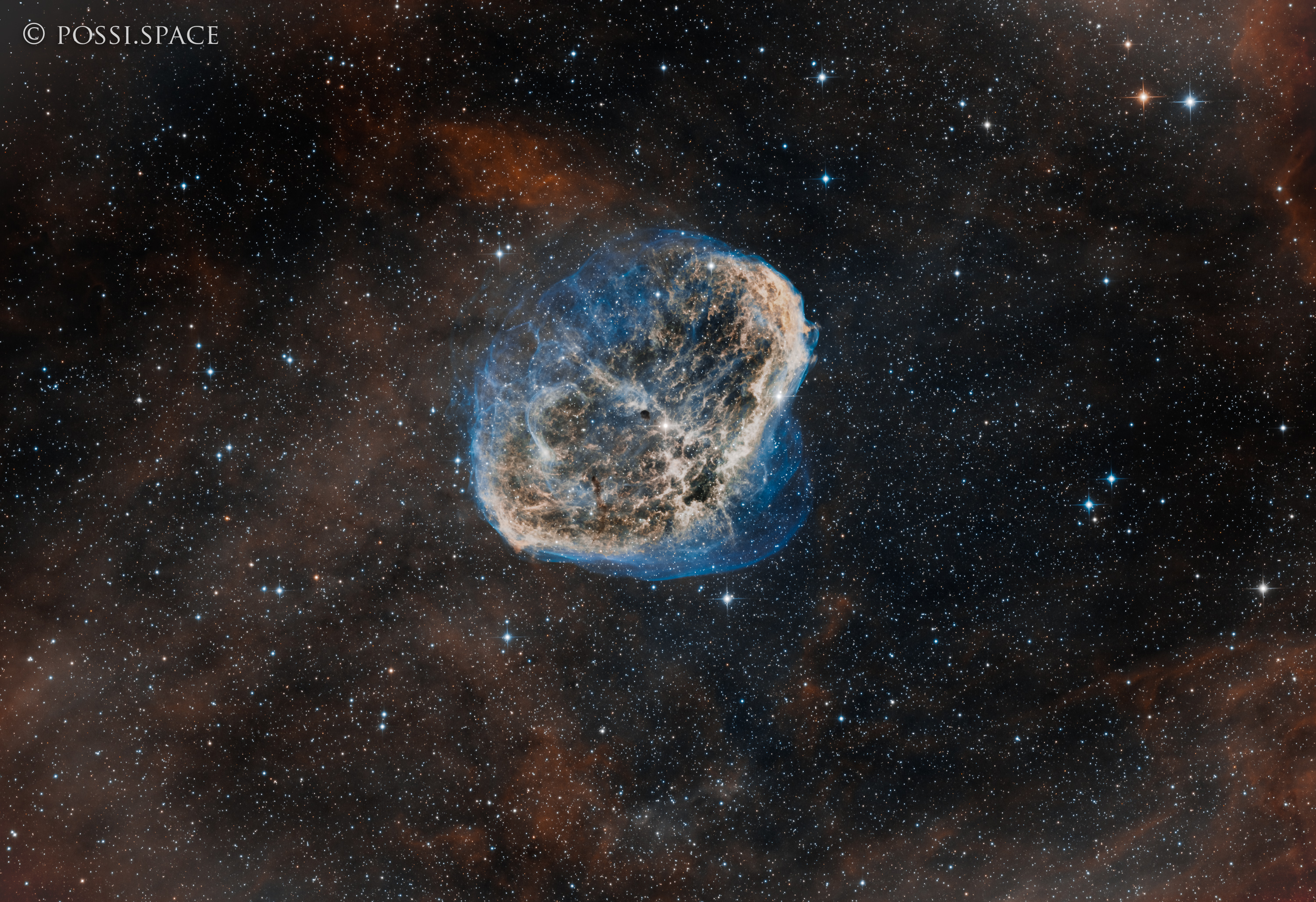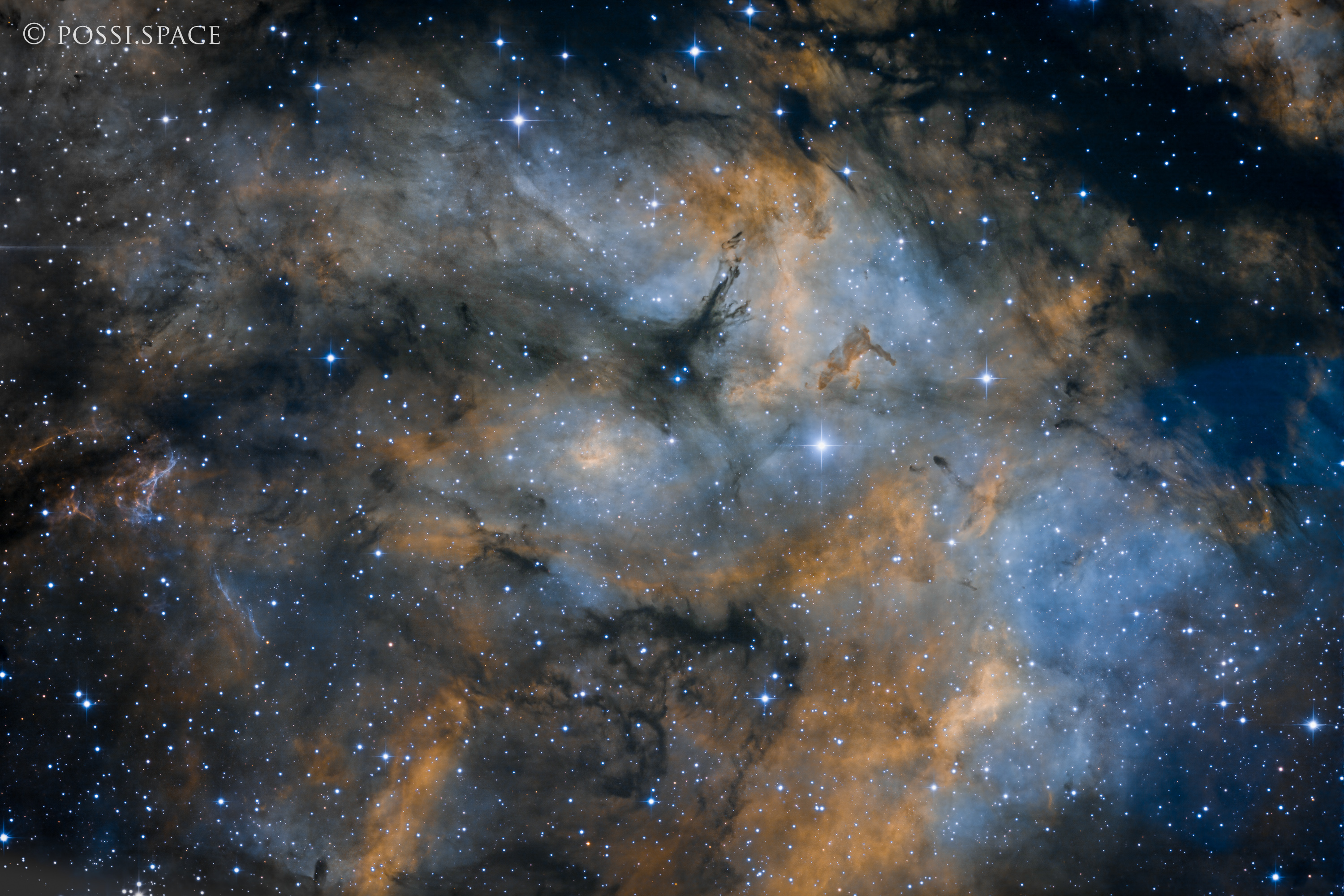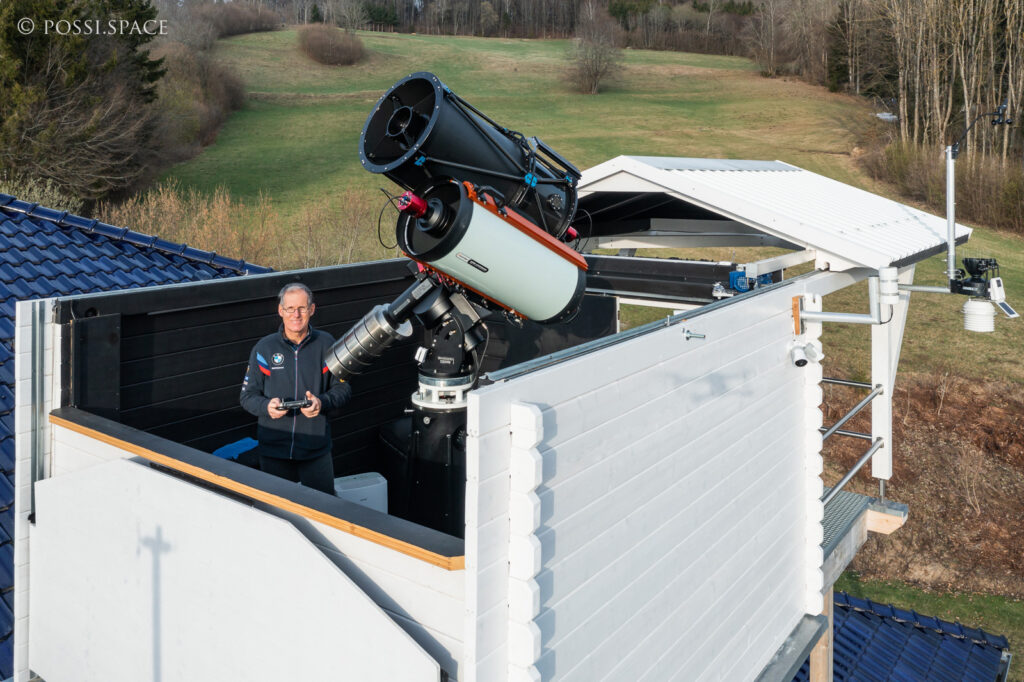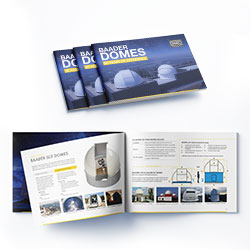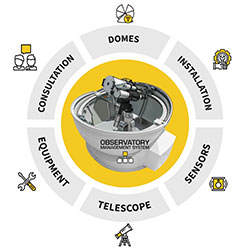- My mount from 10Micron has been extremely successful in use. After initial problems with the web interface on the tablet under V2.xx, everything was fixed after upgrading to V3.0.8. Mechanically a gem: extremely fast, very quiet, very accurate and very stiff. This mount is a real "final solution". You can "forget" it, as it always works reliably, even on the ASIAIR, which is, after all, based on the INDI protocol. Originally I wanted an Astrophysics, but it was not available - so I am glad to have the current solution. Today, I might have gone for the GM4000HPS, as it's a bit more resilient, since my 3000HPS is maxed out weight-wise with 110kg of counterweights (!).
- The Planewave CDK17 is an optically excellent, rigid, collimation and temperature stable reflector telescope of professional design. I converted the antiquated electric focus drive to a modern, silent focus motor and installed the original 0.66x reducer for f4.5 at 1965mm focal length. A full frame camera is impeccably illuminated, there are no chromatic aberrations despite the reducer. The image quality, assuming really good seeing of 1.1...1.4" (we have this about 20 nights a year here), is absolutely captivating and sufficient for the extremely high-resolution, cooled camera with the fantastic Sony BSI sensor with 61 megapixels.
- The recently added RASA 36 is a telescope from Celestron, in the first years still manufactured in USA, with correspondingly high standards and quality management. The speed of f2.2 at just under 800mm focal length allows images of extremely faint or even very fast objects, which are simply not possible with normal telescopes. Already after a few hours you reach a high color and contrast depth with many short exposures and can use the rare nights with top seeing optimally. Also here captivating sharpness up to the image corners. Every 2°C (3,6°F) temperature change a slight focus compensation is adivesed, my ASIAIR is configured to do this automatically. The shifting mechanism for the main mirror is extremely solidly built and is free of mirror tilting, as is often the case with Schmidt designs. I had to add my own construction for the electrical and automatic focusing, because the Celestron focus motor is not compatible to my ASIAIR.
- Mr. Baader helped me a lot with the somewhat unusual arrangement of these two large mirror telescopes. The Baader 8" double mounting plate with 570mm length is not enough for the side by side arrangement. However, he was able to provide the CNC plan of the shorter Baader plate. I modified the plan to make an individual 690mm 8" plate for my needs. With that, side-by-side mounting of these two heavy scopes was then possible, still without any noticeable flexing.
- My observatory has been a rolloff kit (2.75x2.75m inside dimensions) made of 44mm thick wood. This actually works very well, even if I sometimes would have liked a little more wind protection. Unfortunately, for geometric reasons, a dome solution was not possible for me. My observatory stands on stilts at the height of the roof truss to have a clear view in all directions. The concrete/steel column under the mount weighs more than 4 tons, which guarantees absolute freedom from vibrations. Here in the Bavarian Forest in the southern part of Germany we are spared from the Danube Valley fog and so far also from too much light pollution, and every now and then the seeing is really very good.
In summary, after a good two years of steep learning curve, I can now say that with the help of the Baader's (and some other good partly international sources) I have realized my dream observatory. Larger instruments make little sense at my location with Bortle 3-4, smaller ones give inferior results. It is a great pleasure to work with such components, which were unimaginable for an amateur 20 years ago. And it is comfortable to sit in bed in the evening and control everything remotely from the tablet - and if I am away, I don't have to do without my observatory at night thanks to VPN connection.
I attach a bunch of pictures from the last 7 months.
Dr. Claus Possberg, Freyung/Germany the 06.04.2022
